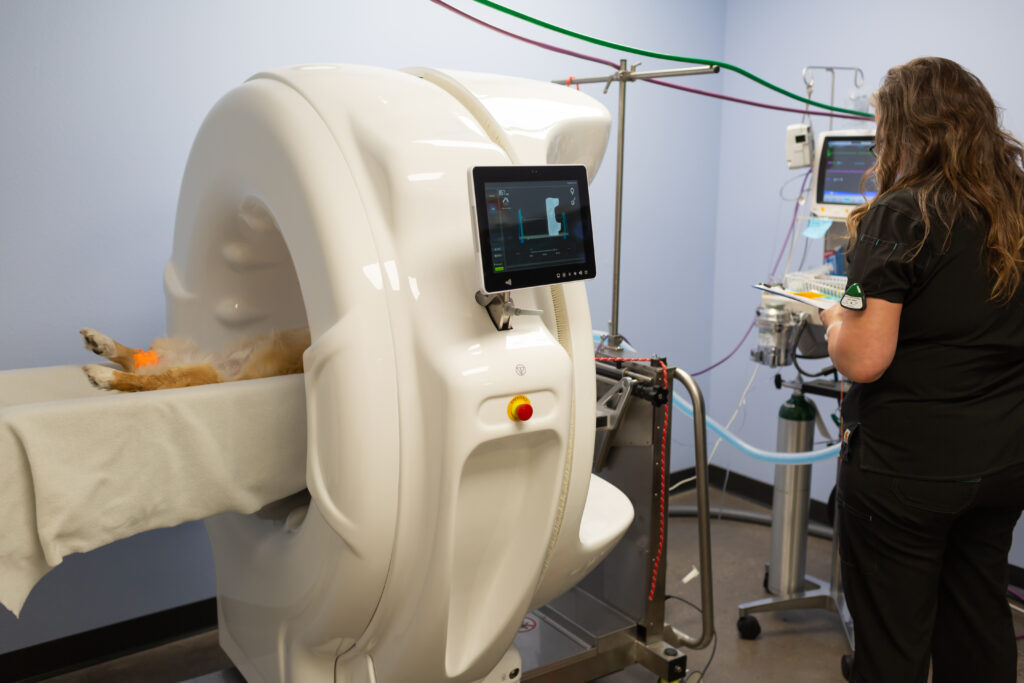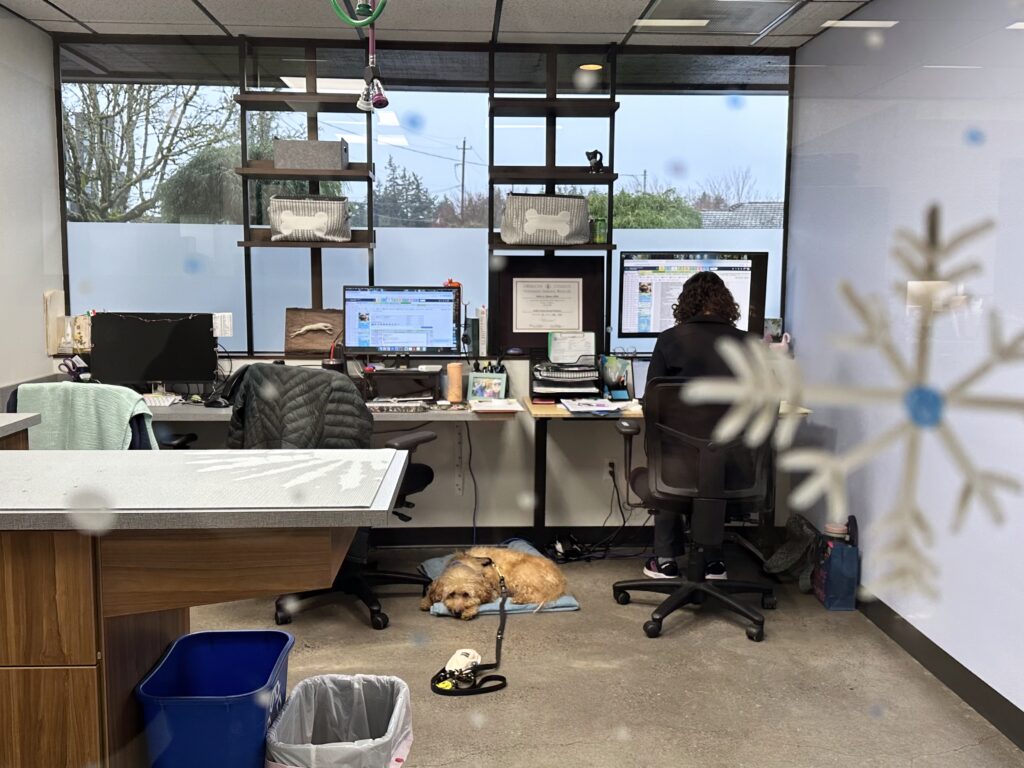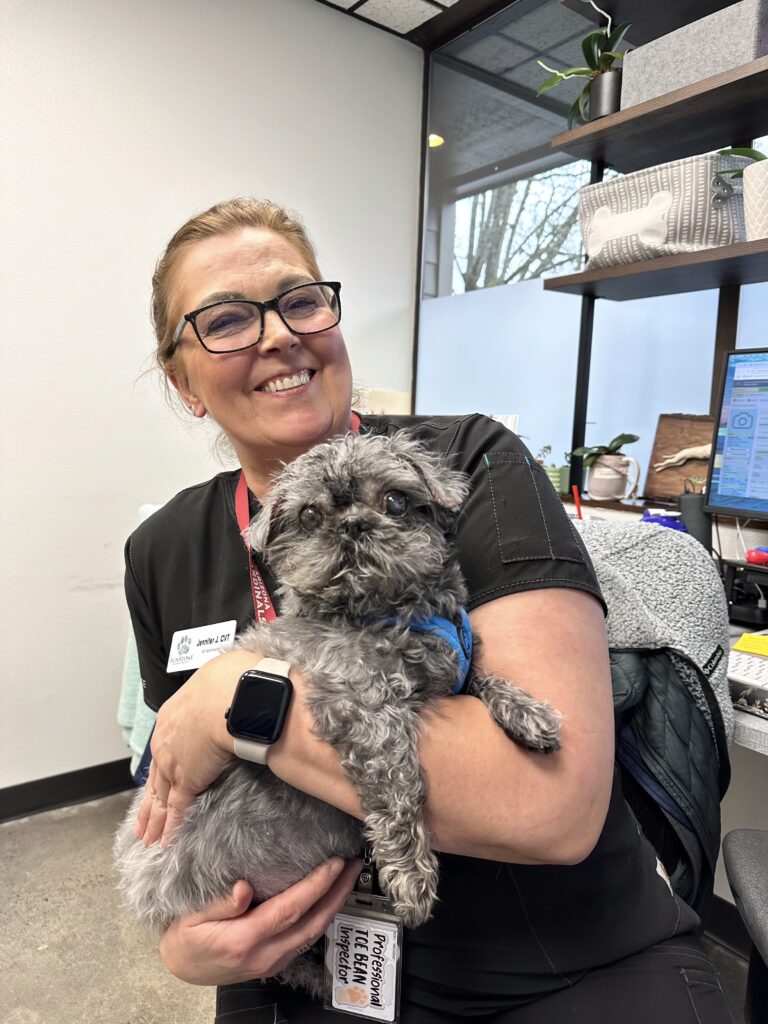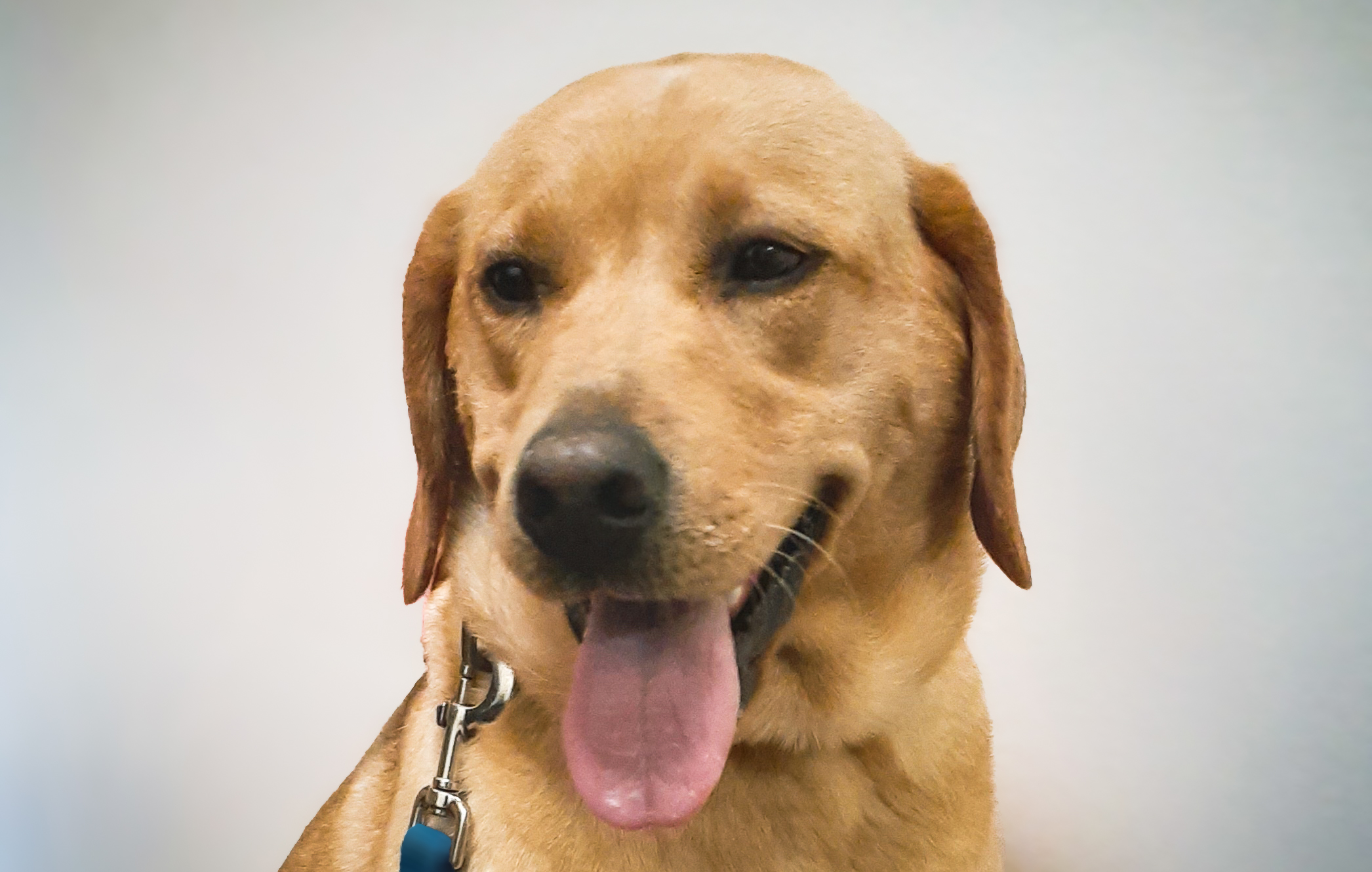If your dog has been drinking more water, urinating more frequently, losing fur, or gaining weight despite no change in diet, they could be showing signs of Cushing’s disease in dogs. This condition affects hormone balance and can significantly impact your pet’s health. Learn about the symptoms, diagnosis, and treatments available to help manage this condition effectively.
What Is Cushing’s Disease in Dogs?
Cushing’s disease, also known as hyperadrenocorticism, occurs when a dog’s body produces too much cortisol. While cortisol plays a vital role in managing stress and metabolism, an excess can cause health problems.
The disease is often caused by a benign tumor in the pituitary gland or, less commonly, a tumor in the adrenal glands. Dogs with Cushing’s may display symptoms similar to those caused by prolonged steroid use, such as increased thirst and a pot-bellied appearance.

Common Signs and Symptoms of Cushing’s Disease
Cushing’s disease develops gradually, and its symptoms can be subtle at first. Keep an eye out for the following signs:
Increased Thirst and Urination
Your dog might empty their water bowl more often and need to go outside frequently.
Increased Appetite
They may seem hungrier than usual or try to eat things they shouldn’t.
Weight Gain and Pot-Bellied Appearance
Even without overeating, dogs with Cushing’s often develop a noticeable belly.
Thinning Hair or Skin Issues
Fur loss in patches or fragile skin are common. Skin infections may appear as redness or small sores.
Lethargy and Muscle Weakness
Your dog might have less energy and struggle with activities like jumping or climbing stairs.
How Is Cushing’s Disease Diagnosed?
Diagnosing Cushing’s disease can be complex. Your veterinarian may use a combination of tests, including:
- Blood Tests: Evaluate hormone levels and general health. Some tests require multiple blood samples.
- Imaging Tests: Ultrasounds or X-rays to examine adrenal glands and rule out other conditions. Advanced imaging like CT or MRI may be used in specific cases.

- Urine Tests: Help rule out other causes of increased urination.
- Blood Pressure Measurement: Ensure your dog doesn’t have hypertension.
Interpreting test results can be challenging since stress and anxiety can also affect hormone levels.
Treatment Options for Cushing’s Disease
Although there is no cure, Cushing’s disease can often be managed effectively. Treatment options include:
Medication
Daily medications like trilostane (Vetoryl) help reduce cortisol production and manage symptoms.
Surgery
If caused by an adrenal tumor, surgery may be an option.
Radiation Therapy
Recommended for large pituitary tumors contributing to the disease.
Monitoring and Adjustments
Regular veterinary visits are essential to ensure treatment is effective and medication doses are appropriate.

Living with a Dog with Cushing’s Disease
Managing this condition requires ongoing care, but with proper treatment, many dogs lead happy, comfortable lives. Regular check-ups and monitoring are crucial for maintaining your dog’s health.
When to Contact Your Vet
If your dog shows symptoms like excessive thirst, unusual appetite, or sudden fur loss, consult your veterinarian. Early diagnosis and treatment can significantly improve your dog’s quality of life.

Final Thoughts
Cushing’s disease can feel overwhelming, but understanding the condition empowers you to provide the best care for your furry friend. By working closely with your veterinarian, you can help manage the condition and support your dog’s well-being.






